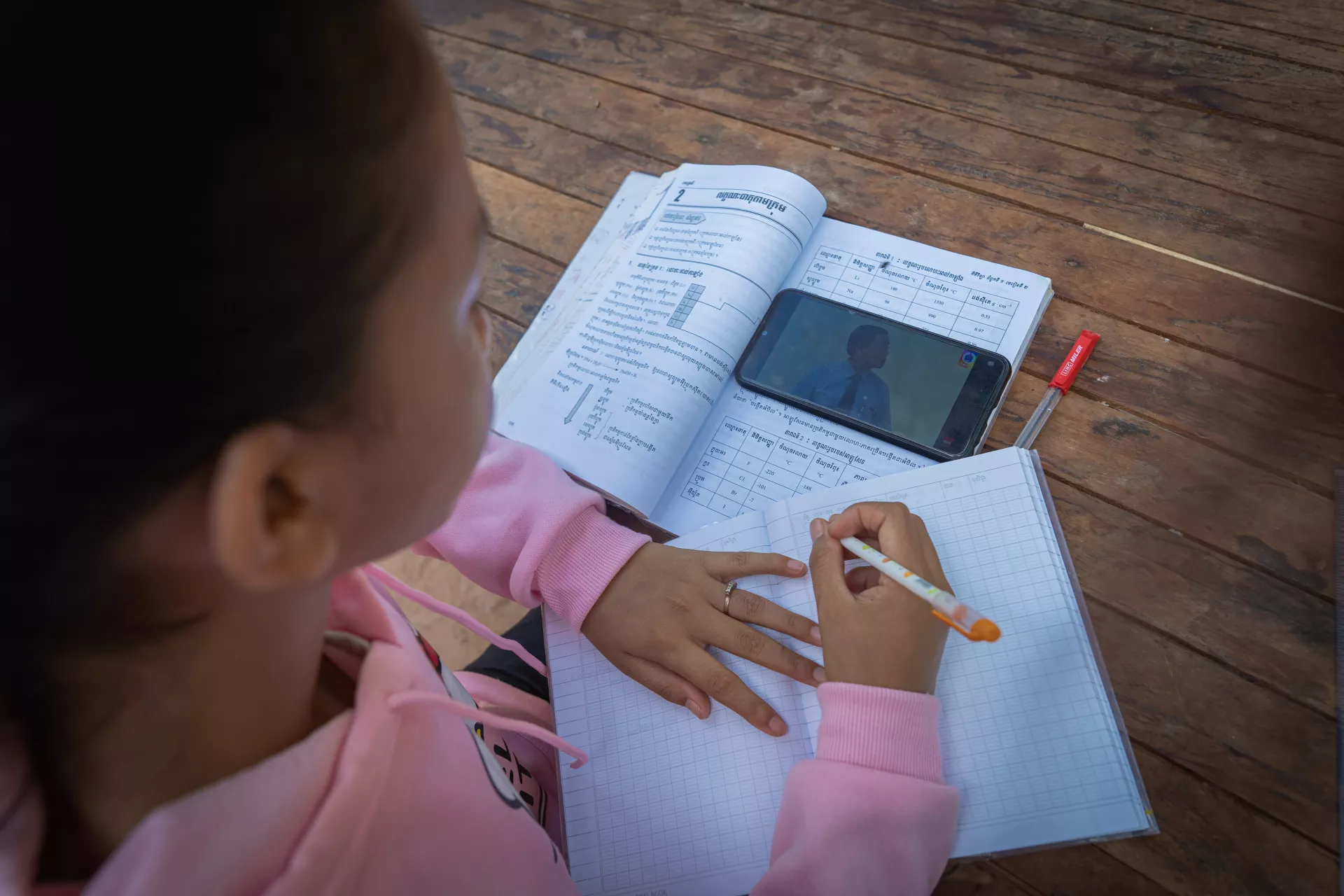Supporting STEM Career Transitions for Girls in ASEAN: Spotlight on Cambodia, Indonesia and Vietnam
This report studies aiding ASEAN girls' transition to STEM careers, analyzing factors, stakeholder roles, effective approaches, and encouragement tactics

Highlights
Science, technology and innovation have a vital role to play in today’s world and are integral components of all economies in ASEAN. Advances in STEM (science, technology, engineering and mathematics) are driving improvements across all aspects of life, from healthcare and agriculture, to infrastructure and renewable energy. STEM education is also crucial for preparing students for the world of work, enabling entry into STEM careers of the future. However, girls and women are underrepresented in STEM fields globally, including across the ASEAN region. Only 29.3 per cent of the world’s researchers are women, and this drops to 23.9 per cent for East Asia and the Pacific.
Among younger age groups, only 14 per cent of girls who were top performers in science or mathematics expected to enter a professional field in science and engineering, compared with 26 per cent of top-performing boys. The period of adolescence is a critical phase in these STEM pathways, as it is when girls and boys decide whether to engage with STEM subjects and pursue STEM careers.
This report explores how to effectively support adolescent girls across the ASEAN region, so that they can transition from education into STEM careers. It explores the factors that influence girls’ participation in STEM; the role of key stakeholders in inspiring girls; the approaches that effectively support girls’ participation; and the roles key actors can play to encourage girls to pursue STEM fields. The report is based on desk research pertaining to the wider ASEAN region, and primary research conducted in three ‘focus’ countries: Cambodia, Indonesia and VietNam. The primary research included key informant interviews, online workshops and an online survey with girls aged 15 to 19 years old.






